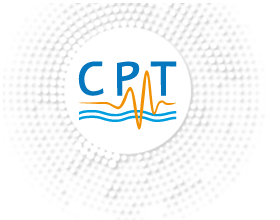Accueil > Actualités > Actualités scientifiques > Accounting for 70% of the content of the Universe : energy diffusion by (...)
Accounting for 70% of the content of the Universe : energy diffusion by grains of space-time
Energy conservation at a local level is often taken as a cornerstone of physics. However there are now various reasons to consider the possibility that such conservation might be only an approximation. In particular if, as suggested by various approaches to quantum gravity, space-time is granular rather than continuous at the most fundamental level, matter might lose tinny amounts of energy as it moves through such environment in a process analogous to friction. In the cosmological context, we show, the energy that is lost accumulates into something that behaves as dark energy : a form of energy whose gravitational effect accelerates the expansion of the universe and amounts for 70% of its content. This is a consequence of a gravitational theory that was introduced by Einstein in 1919, that under normal circumstances is equivalent to its well tested sibling General Relativity, but is able to make such diffusion of energy compatible with the gravitational equations. The remarkable result is that when computing the amount of energy loss, using a well motivated quantitative characterization of the frictional effect, the calculation yields an estimate of the amount of dark energy of the correct order of magnitude as indicated by observations : according to this perspective the majority of the universe’s content would be nothing more than a sort of “memory’’ of all those energy losses into the space-time fabric that have occurred and accumulated throughout the history of our Universe.
The quantitative success of our phenomenological model is encouraging because it provides a possible conceptual understanding of a long standing puzzle of the origin of dark energy and and at the same time suggests potentially useful insights about physics at the scale of quantum gravity.
PRL publication : https://journals.aps.org/prl/abstract/10.1103/PhysRevLett.122.221302
